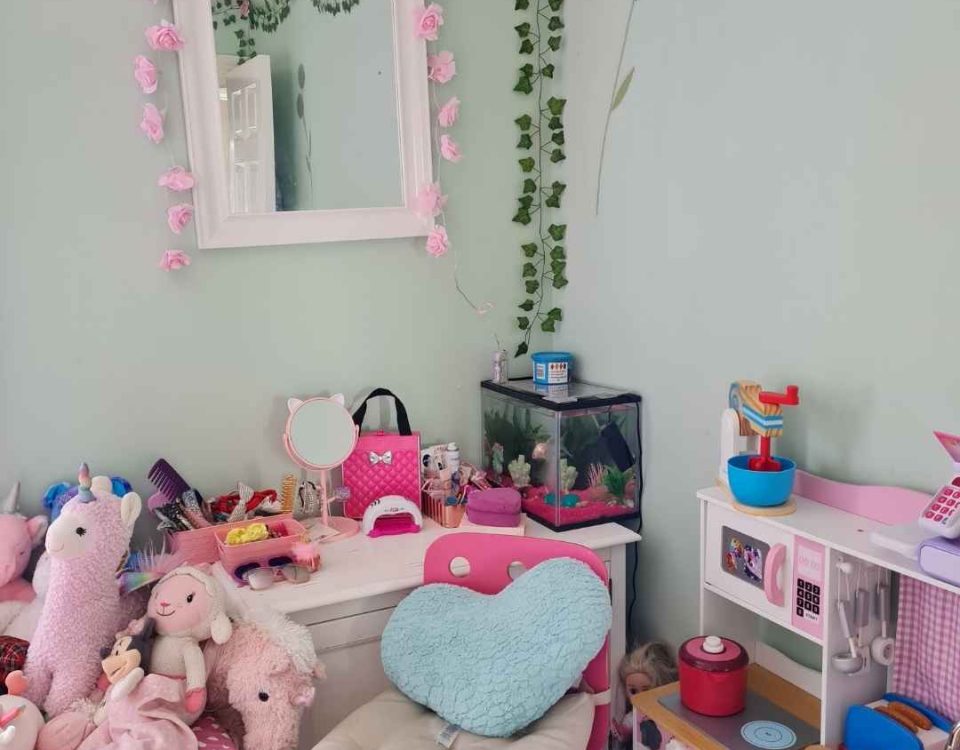This website uses cookies so that we can provide you with the best user experience possible. Cookie information is stored in your browser and performs functions such as recognising you when you return to our website and helping our team to understand which sections of the website you find most interesting and useful.

Solutions To Help Your Dog If They Have Trouble Sleeping
5th January 2021
Rainy Days with Lighthouse Clothing
10th January 2021Women and Work-Life Balance: Why Most Fail At It

*This is a collaborative post. All opinions are my own.
It is common for women to feel pulled in different directions when maintaining a healthy balance between work and their personal lives. For most females, the eagerness to achieve this diminishes at some point, resulting in a failure to sustain this crucial balance. Moreover, the pandemic brought this imbalance to the fore when Investment News Research revealed that 38% of women are now working longer hours (twelve additional hours weekly) than a few years ago. So, why does the scale tilt for women? Read on to find out.

- A clash of career and domestic responsibilities
Research has repeatedly shown that working women in heterosexual relationships tend to be more responsible for childcare and household duties than men. As a result, the combination of nurturing a career and taking care of the home compounds the burden more than ever. Especially for working mothers, the double whammy of longer work hours and caregiving duties become fertile ground for a work-life imbalance.
Unfortunately, due to the stress and guilt of overlooking equally important domestic duties, one in four UK women opt to cut back on office work or leave for a few years until their tiny tots are enrolled in school. As mentioned earlier in the introduction, working from home (brought on by the pandemic) has caused a blur in creating boundaries for when work begins or ends. The flow over effect is what many women have to deal with on a daily basis.
- Conflicting work schedules
Have you ever experienced a situation where there’s so much to do but little time to do them all? The usual culprit is not your failure to plan. Instead, it is the result of having so many essential responsibilities to carry out simultaneously. Although most women have the natural skill for multi-tasking, cramming many responsibilities in such little time will affect work quality and productivity. Ultimately, it crashes your work-life balance, and that’s why you need a schedule. In creating the perfect work schedule, you should first acknowledge why you need to do so. First of all, it ensures a stress-free daily or weekly plan. It also helps you visualise your work progress while identifying areas that need some brushing up.

- Non-commensurate salaries
Almost two years ago (2019), working women in the UK earned an average of 83p for every £1 their male counterparts made. It, therefore, placed the gender pay gap at 17.3%. This is a fundamental issue responsible for several gender disparity debates across the country. In relation to work-life balance, bearing the brunt of non-commensurate salaries results in making up for the deficit. That explains why many females have taken up side hustles to build a stronger financial net in the last two years.
As proof of this fact, Insight Magazine reported that 62% of women in the UK have some work on the side, compared to 48% among men. Furthermore, in the last few years, salaries have not increased significantly. However, expenses remain on an upward climb each year. Non-commensurate salaries are a massive blow to the millions of working women who give their best but have nothing really good to show for it at the end of the month. That’s why females feel the need to work more than spend time with family, resulting in an exhausting pursuit of a healthy work-life balance.
- Inadequate opportunities to adopt work-life integration
A healthy work-life balance seems to be a far off dream for many women who cannot adopt this schedule. Unfortunately, this is an issue for working women employed in uncompromising workplaces. Rigid policies, an unspoken patriarchal culture, and a refusal to acknowledge workers’ burnout are a few characteristics of such work settings. Sadly, these entrenched positions create a lack of openings where female workers (and men) can give off their best in a flexible environment.
In the UK, your employment type greatly influences your chances of a healthy work-life balance. Self-employed women have a better advantage to manage their time, compared to those who are not. Nowadays many women see the need for efficient work-life integration. This approach creates more synergy between all areas of an individual’s life. For example, health, family, home, community, personal interests, etc., are incorporated to bring harmony into your life.

As you can see, creating the perfect work-life balance is a huge burden but rewarding if done well. You will benefit from a constant harmony between your career and other areas of your life. Keep in mind that this only works well when you appreciate how each aspect of your life influences or impacts the others.


